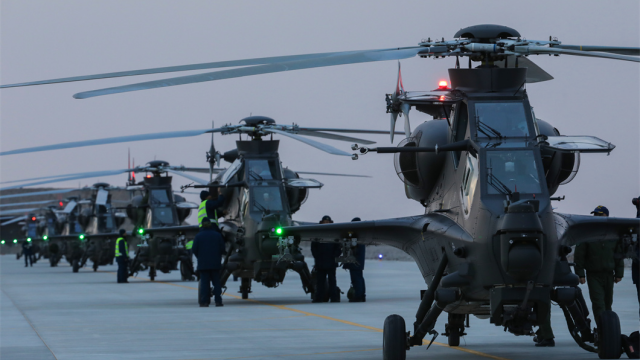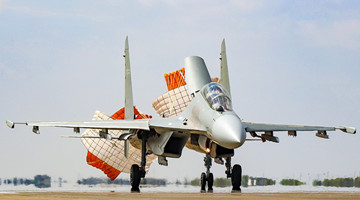By Lin Minwang
US Secretary of State Antony Blinken visited India on July 27 and 28. It was his first visit to India in the official capacity of secretary of state and also the third senior US official to visit India since the US President Biden took office in early 2021.
In New Delhi, Blinken met with Indian Foreign Minister Subrahmanyam Jaishankar, Indian National Security Advisor Ajit Doval, and Indian Prime Minister Narendra Modi respectively. His trip was centered on three subjects: the “Indo-Pacific Strategy”, Afghanistan and China.
The “Indo-Pacific Strategy” is the major pillar of the India-US strategic partnership, with the expansion of defense and security cooperation at the bilateral and multilateral levels as the main objective. When the Trump administration proposed the "Indo-Pacific Strategy" at the end of 2017, India seemed to oscillate between acceptance and refusal, but it didn't mean that India does not want to gang up on the US to contain China. The hesitation came as Trump's "unreliable character" has made the US repeatedly backpedal its previous promises to India. Consequently, India has no choice but to proceed with caution over the "Indo-Pacific Strategy".
As the China-US strategic competition is escalating and shows growing signs of extension into the far future, especially after the outbreak of the COVID-19 pandemic, India believes that China-US relations have undergone a "qualitative change", thereby taking a bolder position to embrace the "Indo-Pacific Strategy". The participation of the first video summit among the leaders of the US, Japan, India and Australia on March 12 marked India’s huge step forward in this regard.
The most important task of Blinken's trip to India is to urge Indian Prime Minister Modi to attend the offline summit of the four countries’ leaders in early October this year and to coordinate measures to further implement the "Indo-Pacific Strategy". At the same time, Blinken also attempts to convene the "2+2" talks between the Indian and US foreign ministers and defense ministers to discuss ways to bolster defense cooperation, including the transfer of defense technologies and co-production of armaments, which suits the goal of the US to firmly “secure” India to the “American chariot”.
The second focus of Blinken's trip was on Afghanistan. In early April, the Biden administration decided to withdraw all US troops in Afghanistan by September 11 of this year, and later advanced the deadline to August 31. Against the backdrop, the Afghan Taliban immediately intensified its offensive, and the situation in Afghanistan has influenced the international community and its neighboring countries. Despite the withdrawal, the US fears that its "achievements" following decades of invasion of Afghanistan will be erased once and for all. That’s why it has been actively pushing India, hoping the latter can come forward to "inherit" what the US has left behind. India, which has long stood in opposition to the Afghan Taliban, is also unwilling to see the return to power of the Taliban in Afghanistan, thus forming the strategic common ground for US-India cooperation.
The US hopes that India can play a greater role in air support for Afghan government forces, but it is still unknown how important a role India is willing to play. At the same time, India and the US are also coordinating their positions. Even if the Afghan Taliban regains power, the “legitimacy” of the regime won’t be recognized by the two countries.
The word “China” cannot be absent during the recent diplomatic visits by senior US officials, and so is true for Blinken. This comes as the convergence of the "Indo-Pacific Strategy" of India and the US is rooted in and targeted at China. Through the "Indo-Pacific Strategy", the US aims to strengthen India to contain China; while India seeks to gain the support of the US to serve the common goal of curbing China. The "China factor" has become the bond that reinforce the US-India strategic partnership.
The US and India are using and counting on each other in their China policies. Since the Biden Administration took office, it has been attempting to deal with China "from a position of strength", which the US is eager to demonstrate by taking sides with India.
Admittedly, as a member of the Democratic Party-led US government, Blinken inevitably followed the routine during his trip to India by “admonishing” the Modi government over the regression of its democracy. To that end, on July 28, Blinken held a dialogue with civil society leaders of India, which seemingly shows that both the US and India are committed to democratic values that are part and parcel of the foundation of their relations. However, this is nothing but a gesture by the Biden administration. When the "anti-China" ideologies become the priority of US strategic interests, its "admonishing" on India is merely pretense. After all, the US has always adopted “double standards” in its values.
(The author is a professor of the Institute of International Studies at Fudan University)
Editor's note: This article is originally published on huanqiu.com, and is translated from Chinese into English and edited by the China Military Online. The information, ideas or opinions appearing in this article do not necessarily reflect the views of eng.chinamil.com.cn.









